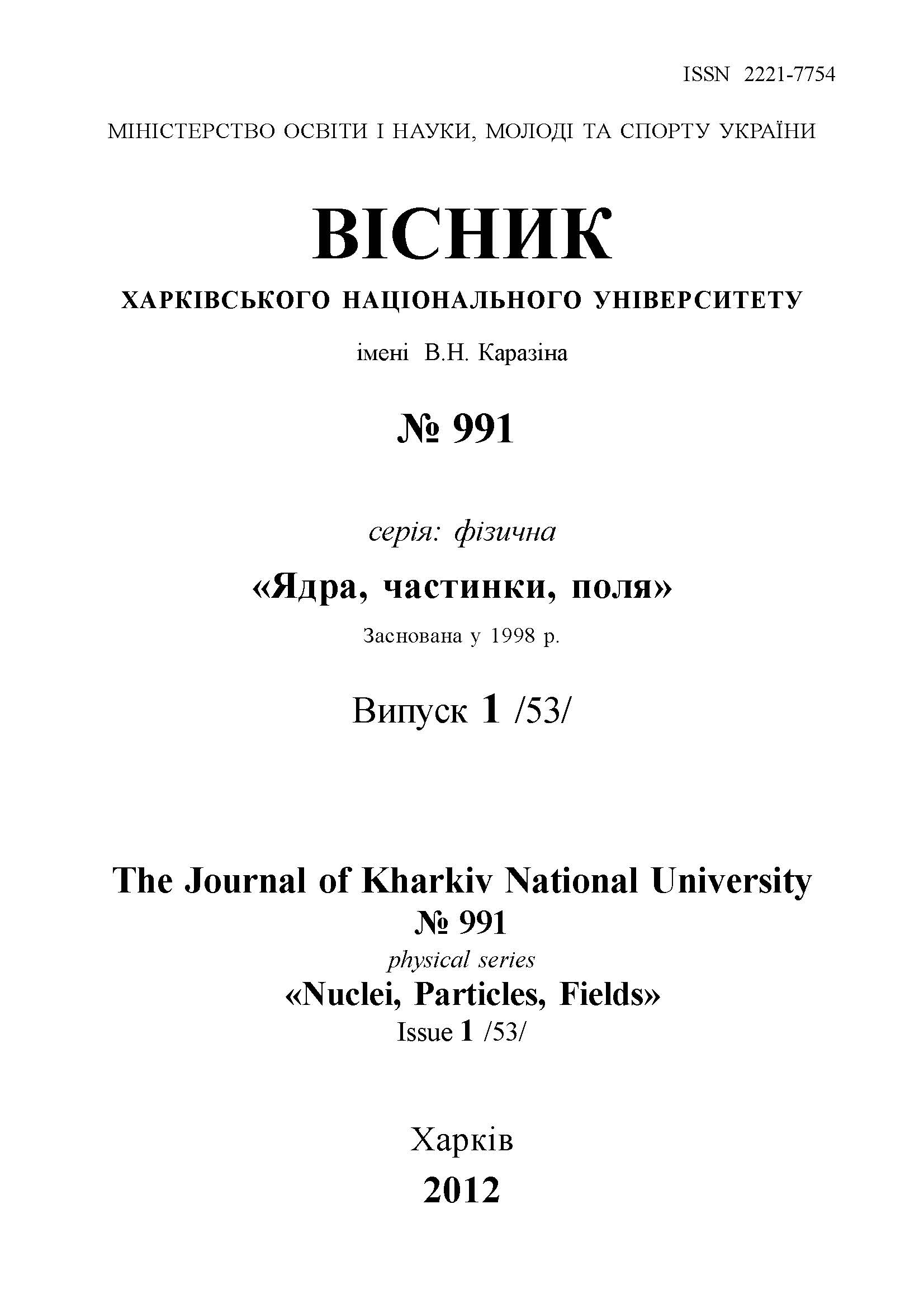A Simple Model of Neutron Transport and its Application for the Calculation of the Response Functions for the Ball Neutron Spectrometer
Abstract
A simple model that provides a simulation of neutrons transportation in various materials in the energy range from 10-8 to a few MeV had been developed. The model is implemented in code C++. In performing the test calculations the model showed a significantly higher speed than using a package GEANT 4. With the help of the model the response function of a spherical neutron spectrometer had been calculated.
Downloads
References
Lund Nuclear Data Service. http://nucleardata.nucleardata.lu.se.
A.Yu. Buki, S.A. Kalenik, I.M.Shapoval Simplified transportation model of thermal neutrons through matter // ВАНТ 2011. №3 (55). С.50-53.
Evaluated Nuclear Data File (ENDF). www.nndc.bnl.gov.
С.М. Ермаков, В.Г. Золотухин, Э.Е. Петров Расчёт прохождения нейтронов через слой полиэтилена // Атомная энергия 1963. Т.15, №9. С.253-254.
R.L. Blamblett, R.J. Ewing, T.W. Bonne A new type of neutron spectrometer // Nuclear instrument and methods 1960. Vol.9. P.1-12.
Г.И. Крупный, В.Н. Пелешко, Я.Н. Расцветалов, и др. К вопросу создания высокоэнергетического опорного поля нейтронного излучения / Препринт, ИФВЭ 2009-5 ОРИ, Протвино 2009.
Authors who publish with this journal agree to the following terms:
- Authors retain copyright and grant the journal right of first publication with the work simultaneously licensed under a Creative Commons Attribution License that allows others to share the work with an acknowledgment of the work's authorship and initial publication in this journal.
- Authors are able to enter into separate, additional contractual arrangements for the non-exclusive distribution of the journal's published version of the work (e.g., post it to an institutional repository or publish it in a book), with an acknowledgment of its initial publication in this journal.
- Authors are permitted and encouraged to post their work online (e.g., in institutional repositories or on their website) prior to and during the submission process, as it can lead to productive exchanges, as well as earlier and greater citation of published work (See The Effect of Open Access).








